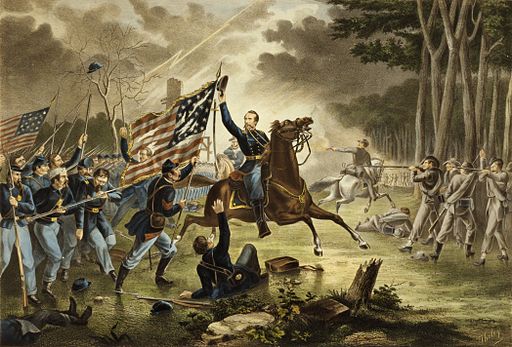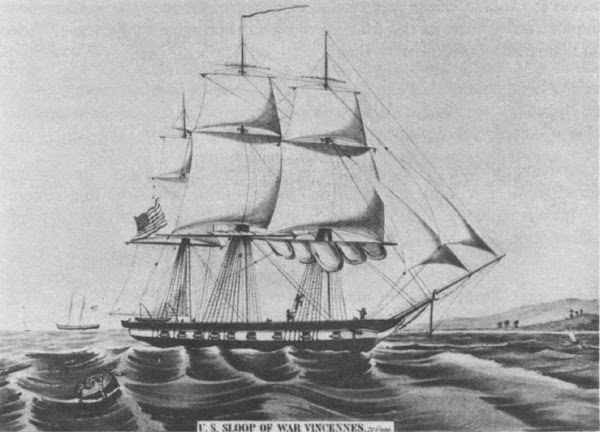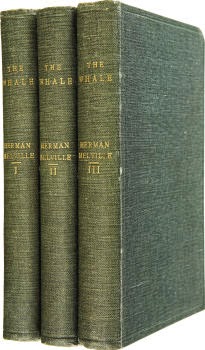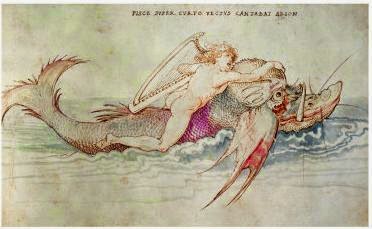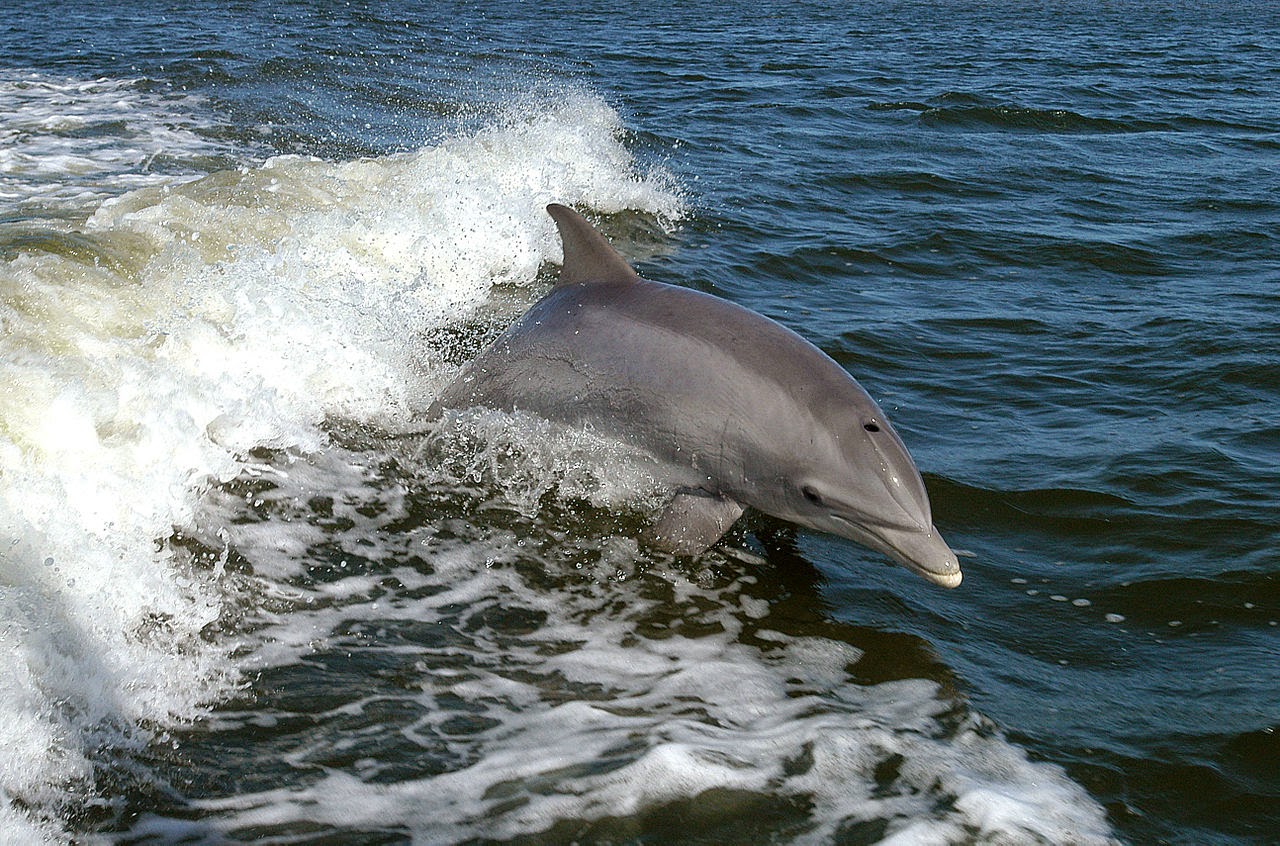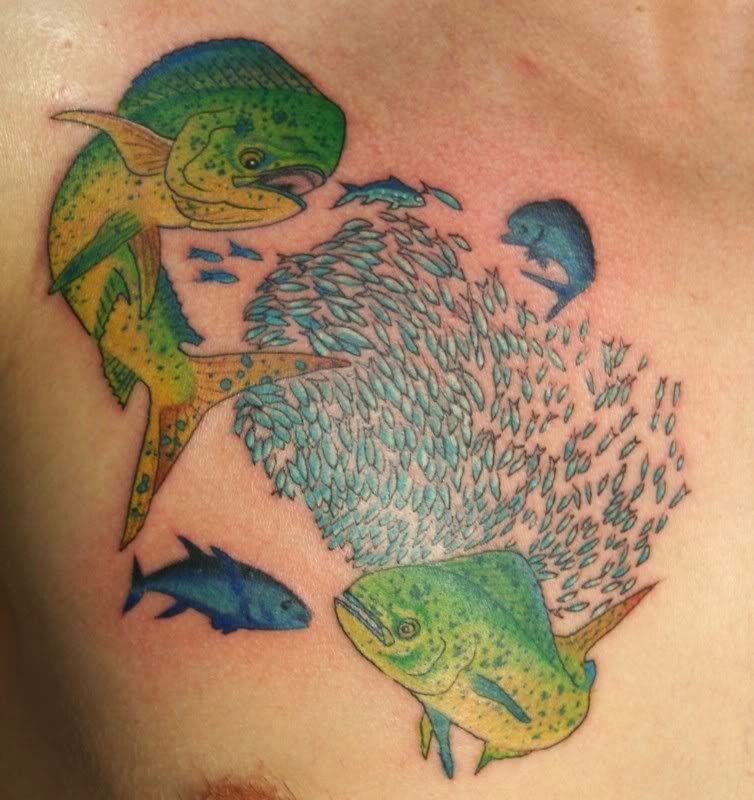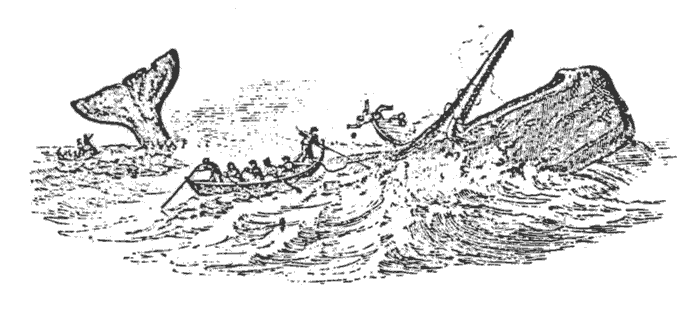 |
| Frederick Douglass, A Lecture on Our National Capital Library of Congress, Manuscript Division Folder 1 of 6, 30/76 |
Update: On February 10, 1877 the Chicago Daily Inter Ocean published a lengthy report of Douglass's lecture on "The National Capital" at McCormick Hall the previous evening (February 9, 1877). The existence of so many different manuscript versions of the lecture suggest Douglass delivered this lecture on the national capital more times in more places than is generally known.
A previous Melvilliana post on what Douglass really said identified the reported remark by Douglass about his supposedly feeling like he wanted to steal something whenever he was in the vicinity of the Capitol Dome as a borrowing from Brownlow. This manuscript version makes the context of Douglass's reference to "Parson Brownlow" (later revised in manuscript to "Senator Brownlow") crystal clear. The point of the borrowed anecdote is the morally infected and infecting climate in Washington, D.C. Douglass does not wish to steal anything from anybody. The joke is, Washington is so corrupt a place that its very air begins to corrupt everybody who breathes it--even the most honest and upright of men, even a preacher (or senator) like Brownlow, even a U. S. Marshal.
Clarification is in order, again, now that Ed Folsom's keynote address at the 2013 Melville and Whitman in Washington conference has been published in Leviathan. In print Folsom cites the book and blog of Douglass biographer John Muller for a version of this anecdote told on the floor of the U.S. House by Wisconsin Rep. Charles G. Williams. Good! But Folsom's treatment still leaves a little too mysterious the meaning of Douglass's "enigmatically" expressed comment. The sense is really not so hard to figure out. Muller's hunch was right all along: Douglass was joking. Not in a self-deprecating way either, the joke is rather on corrupt politicians and the corrupting atmosphere in which they operate. Nothing so new in that, obviously. What's new to me this time around is the wonderful trove of archival material at the Library of Congress: six folders of manuscripts (and typescripts) relating to Douglass's Lecture on Our National Capital.
Another relevant resource is the Congressional Record from which John Muller quoted the statement by Charles G. Williams. Before now I could not find the 1878 volume that Muller cited on his blog. Thankfully Hathi Trust has it, digitized from the University of California volume 7.
We know from newspaper transcriptions of the lecture on Washington, D. C. that when Douglass quoted Brownlow's line he got the laughs he was looking for. Without reference to Brownlow, Congressman Williams used Douglass's paraphrase for exactly the same rhetorical purpose, to get laughs in discussion of a serious issue involving political corruption. Williams was having some fun while arguing for Republican Chester Bidwell Darrall in debate over the contested 1876 election in Louisiana. Eventually Darrall and the Republicans lost that battle, and the House seated his Democratic challenger Joseph H. Acklen. Here is an excerpt from the Congressional Record showing the fuller context of Williams's reference to Frederick Douglass:
Mr. WILLIAMS, of Wisconsin.. . . Mr. Speaker, if I may be allowed the expression, this portion of the testimony is “mighty rich reading.” He says that the office is damp. He says, “You can catch pneumonia or anything else there.” [Laughter.]As for Douglass, the theme for Williams is moral contagion leading to criminal behavior. What specifically concerns Williams here is the likelihood of election fraud by southern Democrats. (Acklen was a Tennessean, Darrall a native of Pennsylvania.)
A MEMBER. It seems they caught 900 votes.
Mr. WILLIAMS, of Wisconsin. Yes, good clean votes not even soiled or crumpled by the handling! Reading of this infectious feeling in that office I was reminded of an ironical remark which I heard Mr. Frederick Douglass make some years ago. He said he could never account for it: but somehow, whenever he got in sight of the Dome of the Capitol in Washington, he always felt as though he wanted to steal something. [Laughter.] There might have been the same sort of contagious feeling about the dampness in this office. [Laughter.] There must have been something acting upon somebody who wanted to steal into or steal out of those boxes. The way the dampness acted upon the boxes was most peculiar. It was the most discriminating mildew I ever heard of.
Now, just note, Mr. Speaker—and I am speaking strictly by the evidence—whenever it resolved, in the very intensity of its dampness, to break the seal of one of these boxes, it only broke the seal of those where Darrall had a majority. [Laughter.] It is an undisputed and indisputable fact in this case that when the mildew determined to smash a seal it was upon a box that showed a majority for Darrall, while it did not leave so much as a breath of dew on the seals where Acklen had a majority. [Laughter.] . . . Congressional Record--House v. 7 (1878): 1227
Anybody who wishes to investigate further may read Frederick Douglass: a lecture on our national capital at the Library of Congress / American Memory site. For another online version, see the Lecture on Our National Capital by Douglass at Family Tree Legends. In print, the newest resource is the 2013 anthology by L. Diane Barnes, Frederick Douglass: A Life in Documents which includes an excerpt from the Lecture on Our National Capital.
In his book The Lion of Anacostia (pp 72-29) John Muller amply discusses the speech and its aftermath, including strong public criticism Douglass endured for the Baltimore reprise of his lecture on the national capital. Muller quotes from the splendid defense by Grace Greenwood which exposes the racist double-standard behind some of the most hostile reactions:
"If the predecessor of Mr. Douglass had delivered that lecture, no excitement would have followed except a little natural astonishment over the official eloquence and wit, and the capital points made on the capital."That keynote address at the Melville and Whitman conference by Ed Folsom offered valuable and stimulating insights about the symbolism of the Capitol Dome, in particular for the Reconstruction era. Now in Leviathan you can see how Folsom tells us what Williams said Douglass said. Hearsay, unfortunately. In the lecture source, Douglass does not mention the Capitol Dome in connection with his anecdote from Brownlow. So to close out this post, here are two things we know Douglass definitely did say about the Dome. In the suggestive vein opened by Folsom, one might make a good deal more than I can do here of Douglass's specific reference to "the figure upon the iron dome of the Capitol." Now there's an enigma for you. Possibly. More enigmatical anyhow than the Brownlow anecdote:
--"Grace Greenwood" (Sara Jane Lippincott) quoted in The Lion of Anacostia
Her [Potomac river] borders, which ought to be alive with the hum and din of business and lined on either side with thriving villages, are about as silent as the figure upon the iron dome of the Capitol. (33)The chief attribute of the figure as here noticed by Douglass is its silence.
Update: In another manuscript version Douglass also calls the figure "useless":
"... and the noble Potomac is otherwise as quiet and silent as the iron figure upon the dome of the capitol and almost as useless."Different manuscript drafts of Douglass's lecture on Washington, D.C. refer to the bronze Statue of Freedom as merely an "iron figure" and "iron-like figure," perhaps reflecting displeasure over the compromised design of Crawford's statue, specifically the displacement of the original and vitally symbolic "liberty cap" at the urging of Jefferson Davis. This implied critique of the iconography of Crawford's statue is consistent with Douglass's criticism of the subservient figure below Lincoln in Ball's Emancipation sculpture. As reported to Henry Morris Murray Freeman by John W. Cromwell of Howard University, Douglass
--Lecture on Our National Capital, Library of Congress, Folder 6 of 6, 28/30
" . . . was very clear and emphatic in saying that he did not like the attitude; it showed the Negro on his knees, when a more manly attitude would have been more indicative of freedom." --Emancipation and the freed in American sculptureFurther along in his lecture on the national capital (but on the same page as the iron dome comment), Douglass relates the woeful inactivity and indolence of Washington to the legacy of slavery he calls "the black boy" phenomenon. A "disease" he calls it in several manuscript versions. Yet another manifestation of corrupt and corrupting Washington, D. C., this infectious phenomenon "seems to be in the air." Figuratively speaking then, as symbols intertwined with the history and present legacy of slavery in the Federal City, the silent Statue of Freedom atop the Capitol Dome is associated for Douglass with another voiceless emblem, "the iron black boy at the front door of a Washington gentleman." That's one way of looking at it. In the same lecture, Douglass gave another more promising view of the Capitol Dome and its significance:
No American now has a skin too dark to call Washington his home, and no American now has a skin so white and a heart so black as to deny him that right. Under the majestic dome of the American Capitol, as truly as under the broad blue sky of heaven, men of all races, colors, and conditions may now stand in equal freedom, thrilled with the sentiment of equal citizenship and common country. The wealth, beauty, and magnificence which, if seen elsewhere, might oppress the lowly with a sad sense of their personal insignificance, seen here, ennoble them to their own eyes and are felt to be only fit and proper to the capital of a great nation.
--Library of Congress, Frederick Douglass: a lecture on our national capital


